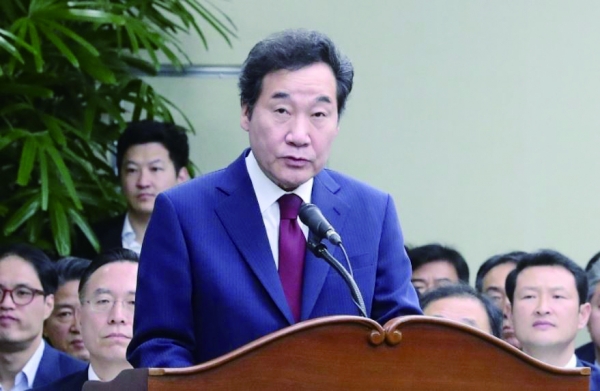
Rumors that spread via the Internet are being used not only as an engendering keyboard warrior but also as a means of violence against certain people. Furthermore, people are unaware of the fact that personal information is being spread without consent and only conceive it is a platform for advertising one’s SNS. Yellow journalism, which is based on exaggeration that does not present legitimate well researched news, uses eye catching headlines to increase sales, and cloud people’s judgement.
Prime Minister Lee Nak-yeon strongly denounced fake news as a ‘disturber of democracy’ and ordered stern measures. The government has since been putting together a set of crackdown measures and plans to unveil them later this month. Hong Nam-ki, chief of the Office for Government Policy Coordination, said that the government is committed to dealing sternly with fake news without hurting freedom of expression. However, lawmakers from opposition parties raised objections about the government’s push to crack down on fake news, expressing concerns that it could be used as a tool to suppress news critical to the current administration. Rep. Lee Tae-kyu of Bareunmirae Party said the government’s push to crack down on fake news could foster the atmosphere of a ‘totalitarian nation’. Rep. Chu Hye-seon of the Justice Party also said that cracking down on fake news would make us no different from the past government. Rep. Je Youn-kyung of the ruling Democratic Party also voiced opposition.
According to the survey, 78.6% of respondents get their information from YouTube. Other primary news sources were NAVER (57.5%), Facebook (37.5%) and KakaoTalk (33%). Though 93.2% responded they believed their ability to distinguish fake news is above average, a test based on YouTube video showed that only 58.5 percent were able to distinguish fake news.
“Comments are free, but facts are sacred,” C. P. Scott, editor of the Guardian said. Fake news regulations are necessary, but deliberate ways are needed to achieve advanced journalism.


